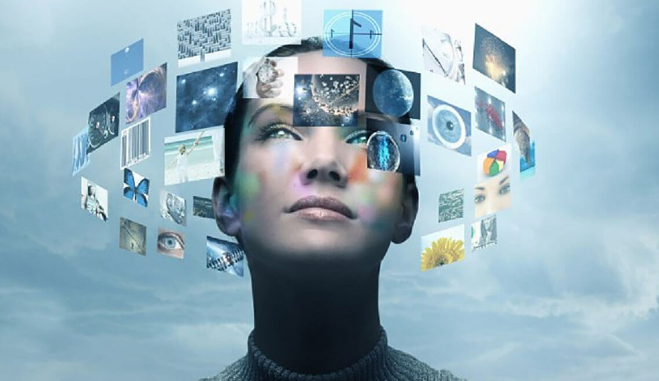Stereoscopic 360 Video And Virtual Reality For Medical Training

Virtual and augmented reality (VR/AR) benefit medical training. They can provide an immersive experience that allows students to learn from simulations in a safe and controlled environment. Stereoscopic 360 video can also create a realistic and immersive experience for students. This can help to improve their understanding of medical procedures. Keep reading to learn about the new technology in medical training.
About Medical Training
The potential of virtual reality (VR) in the medical field is vast. From training doctors and surgeons to providing therapy for patients with conditions such as PTSD, VR has a lot to offer. And one of the most promising applications of VR in medicine is in the area of medical training.
With VR, medical students can get a realistic, immersive experience of what it’s like to work in a hospital. Before stepping into a real operating room, they can learn procedures and techniques in a safe, controlled environment. And VR is not just for medical students. Surgeons can use VR to brush up on their skills or to learn new ones.
Medical schools and hospitals use Virtual Surgeons to provide medical students and surgeons with a realistic, immersive surgery experience. In one study, surgeons trained with VR could perform a procedure on a real patient 27% faster than those who did not use VR. As VR technology continues to evolve, the potential applications for VR in medicine will only grow.
Stereoscopic 360 video can also be used to create realistic simulations of medical procedures. This type of video can be used to create a virtual reality (VR) experience for doctors. Stereoscopic 360 video can create a realistic simulation of a medical procedure.
The Benefits of Stereoscopic 360 Video and Virtual Reality in Medical Training
The field of medical training is ever-changing and evolving. With new technology comes new opportunities to learn and grow in our field. One such technology is stereoscopic 360 video and virtual reality (VR). While VR has been around for some time now, its medical training applications are only beginning to be explored. Here, we will discuss some potential benefits of using stereoscopic 360 video and VR in medical training.
One potential benefit of using stereoscopic 360 video and VR in medical training is the ability to provide a more immersive experience for learners. When using VR, learners are placed in a simulated environment where they can interact with their surroundings. This allows for a more realistic and lifelike learning experience. Additionally, stereoscopic 360 videos can provide learners with a sense of depth and spatial awareness that is impossible with traditional 2D video. This can be particularly beneficial for procedures that require a high degree of spatial awareness, such as surgery.
Using stereoscopic 360 video and VR in medical training can help reduce the cost of training. Traditional medical training can be expensive due to expensive equipment and facilities. VR can be used to create simulated environments that can be used for training without the need for expensive equipment. Additionally, VR can be used to create training modules that learners can access anytime from any location. This can save on travel costs and time away from work.
Conclusion
Using stereoscopic 360 video and VR in medical training has many potential benefits. Read the above mentioned post to explore the potential benefits and applications.This can help doctors understand the complexities of the human body and the procedures they will be performing.
